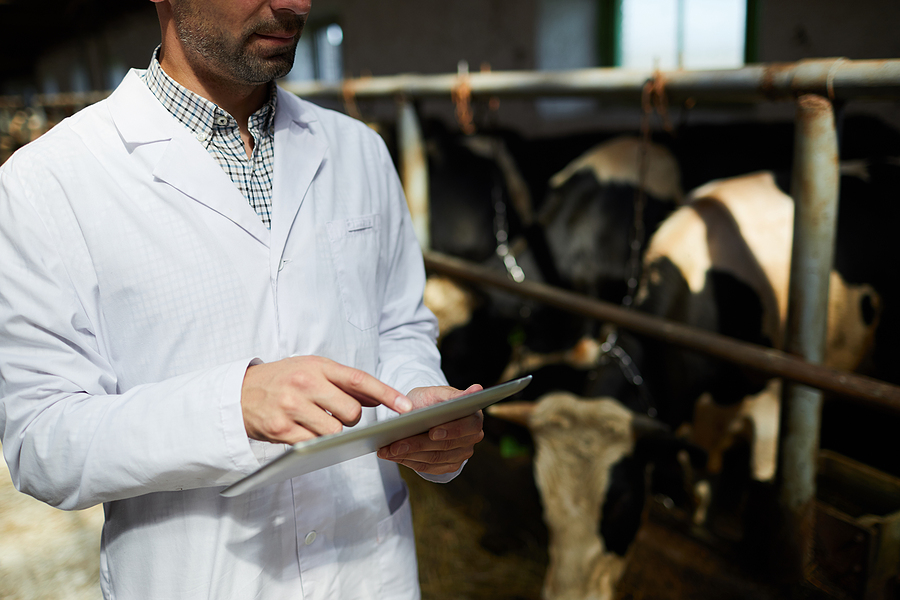Dr. Caitlin Karolenko, Scientific Program Manager, Food Microbiology IAFNS
The recent release of the Netflix documentary “Poisoned: The Dirty Truth About Your Food” sparked mixed reactions and painted a dark picture of the current state of food safety in the United States. The film highlights the knowledge gaps in the farm-to-fork food system that still need to be addressed to ensure a safer food supply for the population. Although the documentary identifies numerous culprits, the filmmakers offer few practical solutions to correct the growing number of outbreaks and related foodborne illnesses, as confirmed by the CDC.
Rather than cast bad actors, a more hopeful action-based response would be to highlight the role data sharing can play in reducing the incidence of dangerous foodborne illnesses. Data sharing can provide a mechanism through which all stakeholders can work together to advance science, fill knowledge gaps, directly reduce foodborne illnesses, and improve public health. Sharing information is a shortcut to addressing these risks.
Establishing public-private partnerships between industry and regulators can foster a collaborative approach to addressing food safety issues. This flow of data between sectors can support research, development and action in food safety technology and practice. This may include the development of new tools to test and monitor food quality, as well as advances in food processing techniques that minimize the risk of microbial contamination. All of this supports the ultimate goal of science-based regulatory policy.
Data sharing facilitates the exchange of critical information between government agencies, industry stakeholders, and public health agencies to better understand food supply chain safety. This collective knowledge will enable researchers and regulators to identify potential risks, identify weak points in production and distribution processes, and proactively address emerging microbial threats.
The benefits of data sharing when developing policies to combat foodborne illness outbreaks extend beyond mere reactive response. Analyzing aggregated data allows government scientists to identify trends and patterns, leading to the development of predictive models that can predict potential risks. This foresight will enable authorities to allocate resources more efficiently, target the tests and interventions that are most needed, and develop prevention measures tailored to specific products and regions.
Additionally, data sharing promotes transparency and accountability across the food sector, encouraging companies to maintain high food safety standards and comply with regulations. This collaborative approach builds trust between regulators and industry stakeholders, ultimately promoting a safer food environment for consumers. As technology continues to evolve, the integration of advanced data analytics, artificial intelligence, and machine learning will be key. These tools will support decision-making to further improve the effectiveness of food safety policies, making data sharing an essential tool in protecting public health.
The food and beverage industry has a powerful model for data sharing through public-private partnerships. USDA Global Branded Food Database (GBFPD); USDA’s FoodData Central, is an example. GBFPD partners include USDA, IAFNS, GS1 US, 1WorldSync, NielsenIQ, and the University of Maryland. His 500,000 food items on GBFPD retail shelves reflect the trust built between branded and private label foods and the U.S. government.
For voluntary data sharing to work between government and industry, one starting point is to develop a framework that outlines how and for what purposes the shared data will be used. . Additionally, a secured portal is also required, where the data provider guarantees protection to reduce the possibility of misuse. Looking at examples from outside the company, The Federal Aviation Administration has a voluntary disclosure process For information sharing. Similarly, in emerging fields such as drones, Regulations regarding sharing of safety information We work together to improve aviation safety. Even further away, European data governance law It could also serve as a guide as it establishes a common data space in strategic areas involving both private and public companies from different sectors.
The potential positive power of sharing food safety information is too great to ignore. Public and private sector officials and scientists can agree on a common goal of improving public health through improved food safety efforts. There are many hurdles to overcome to share food safety data, but the release of ‘Poisoned’ highlights the need for a more serious investment in resources to ensure the success of data sharing mechanisms.


